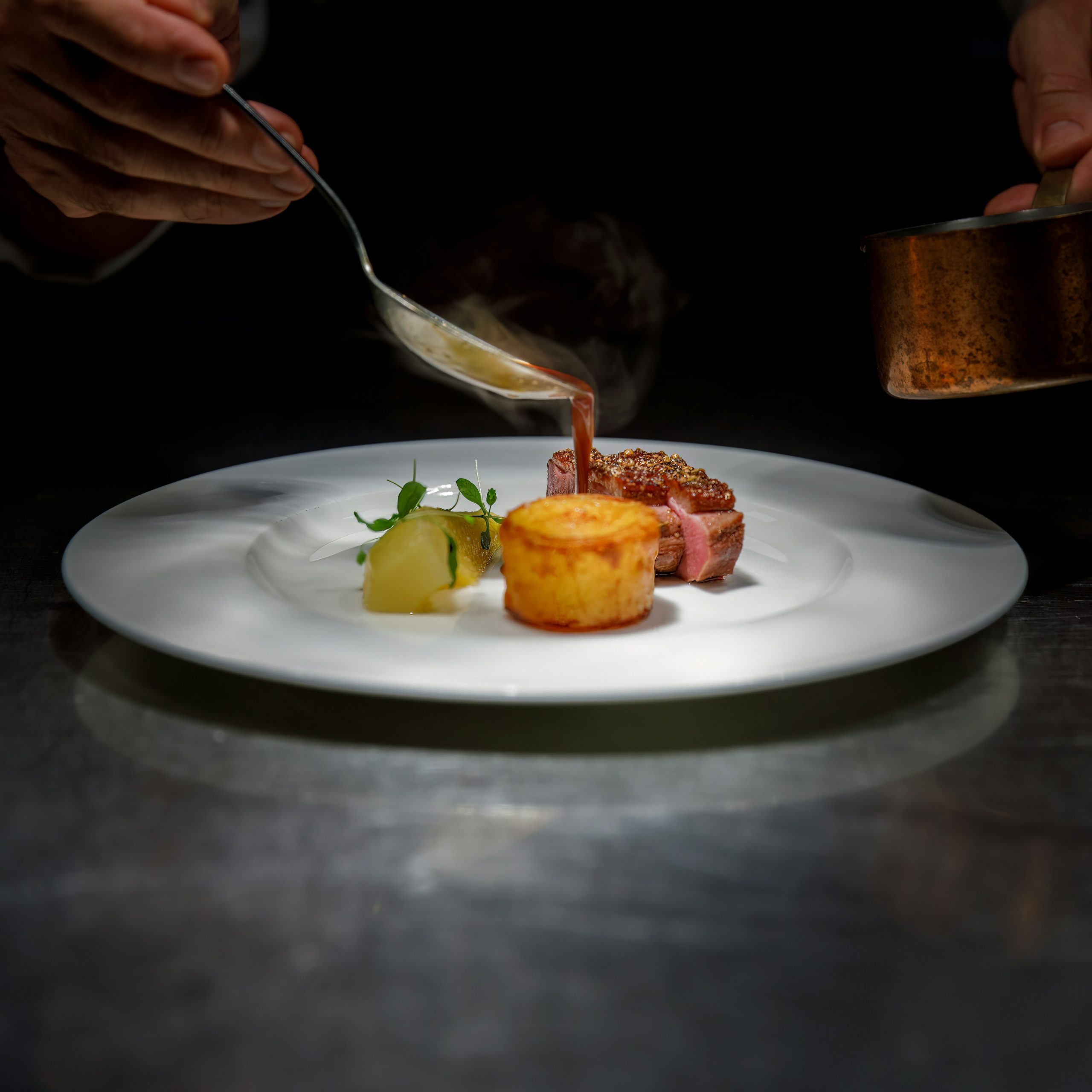
Is it Dry January’s last call?
I recently wrote about the growing number of new nonalcoholic bottle shops popping up in major cities–fueled by the burgeoning sober-curious movement. So, it may shock you to learn one of the movement’s more popular trends, Dry January (when people give up alcohol for the first month of the year), is on the decline.
You heard that right: Fewer people say they’re participating in 2023’s sober festivities according to a recent survey by Morning Consult. This year, the number of adults who said they would take part in Dry January dropped from 19 percent to 15 percent compared to last year. But the reason why may surprise you.
Dry January’s dry spell
If more adults are embracing sobriety as a lifestyle (even if it’s just a month-long), then why did Dry January participation take a hit?
We just answered our question. One reason fewer people are partaking is because people are drinking less overall. This is especially true for millennials. In December 2021, almost 70 percent said they drink. Last December, that number dropped to 62 percent. This is huge for a generation that reports drinking alcohol more frequently than others.
And, ironically, Dry January participation might also be down due to last year’s success. That is, 2022’s sober-curious consumers might just be 2023’s sober consumers.
Nonalcoholic beverages to the rescue?
While this year’s Dry January numbers are lower than last year, more participants this year plan to abstain from alcohol the entire year. Their motivation? Health and today’s high price of alcoholic beverages.
The growing number of health and money-conscious consumers are fueling the low- and no-alcohol boom. This space in the beverage industry saw incredible growth in recent years, and it doesn’t seem to be slowing down. If Dry January’s numbers are any indication, the nonalcoholic beverage market might be attracting new customers this year.
Although this likely sounds exciting for investors, entrepreneurs, and other industry insiders, the sober-curious to nonalcoholic spirits pipeline isn’t a sure thing. As it turns out, those who want to save money by cutting back on alcohol aren’t too eager to spend top dollar on nonalcoholic beverages either.
According to the same Morning Consult survey, those committed to Dry January this year are about half as likely to buy nonalcoholic beer, wine, or spirits compared to last year’s participants. While many low- and no-alcohol alternatives mimic the taste of their alcoholic counterparts, they also carry a similar price tag.
The future of nonalcoholic spirits, wine, and beer
There’s no denying the groundswell of sober curiosity or the growth of the nonalcoholic beverage market. In fact, over the last several years, large names in the beer industry have invested heavily in N/A beer– including Heineken, Budweiser, and Sam Adams–with annual sales jumping to $670 million. Globally, the N/A beer market is expected to grow by $2 billion in comparison to the year prior.
So while the N/A boom is seen as a disrupter, it is creating huge opportunities for companies already in the alcohol business. And investors should take note of the companies who are taking advantage of the buzz.



